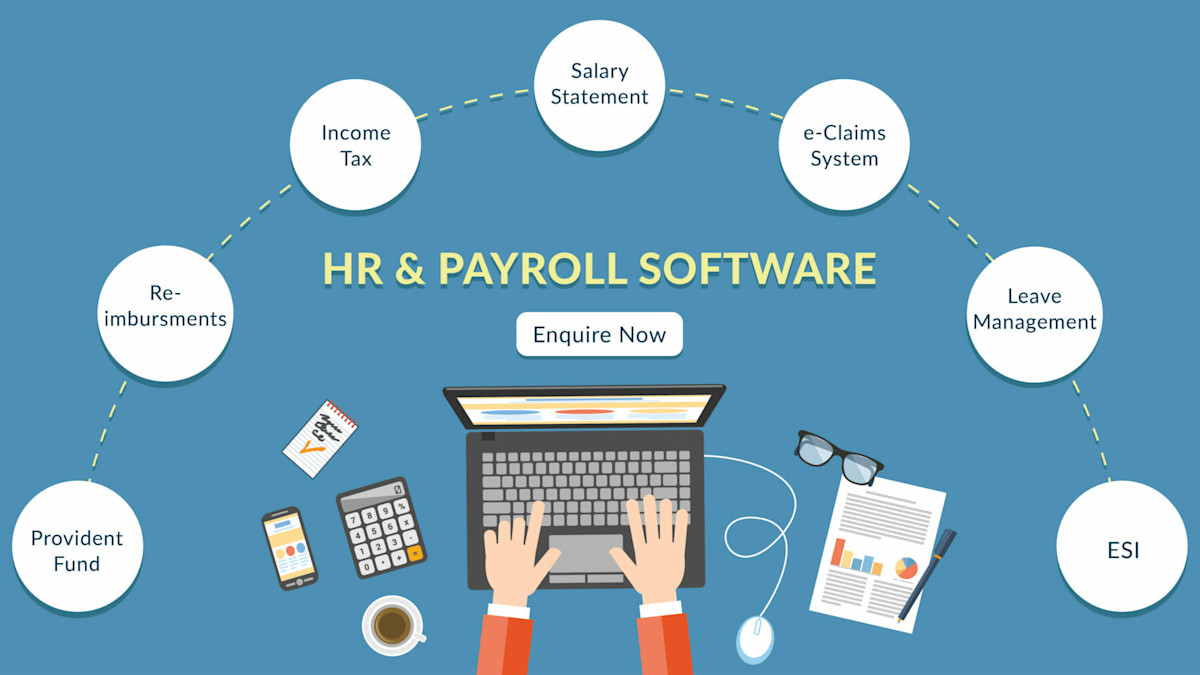
Five Stages of Team Development
Team development is essential for shaping the culture of an organization. It helps maintain harmony among team members while enhancing workflow, collaboration, and productivity. The connections formed within a team greatly impact the progress of projects and the overall growth of the organization, as teams consist of individuals with varied backgrounds, experiences, skills, and knowledge. Therefore, fostering strong team connections and enhancing team building is crucial not only for achieving company objectives but also for ensuring sustainable business operations, promoting a harmonious work environment, and cultivating an inclusive workplace culture that strengthens the company's reputation in the industry. Understanding the stages of team development allows you to navigate the different phases your team will experience, helping you implement strategies to reduce conflicts, boost motivation, and improve overall team performance.





